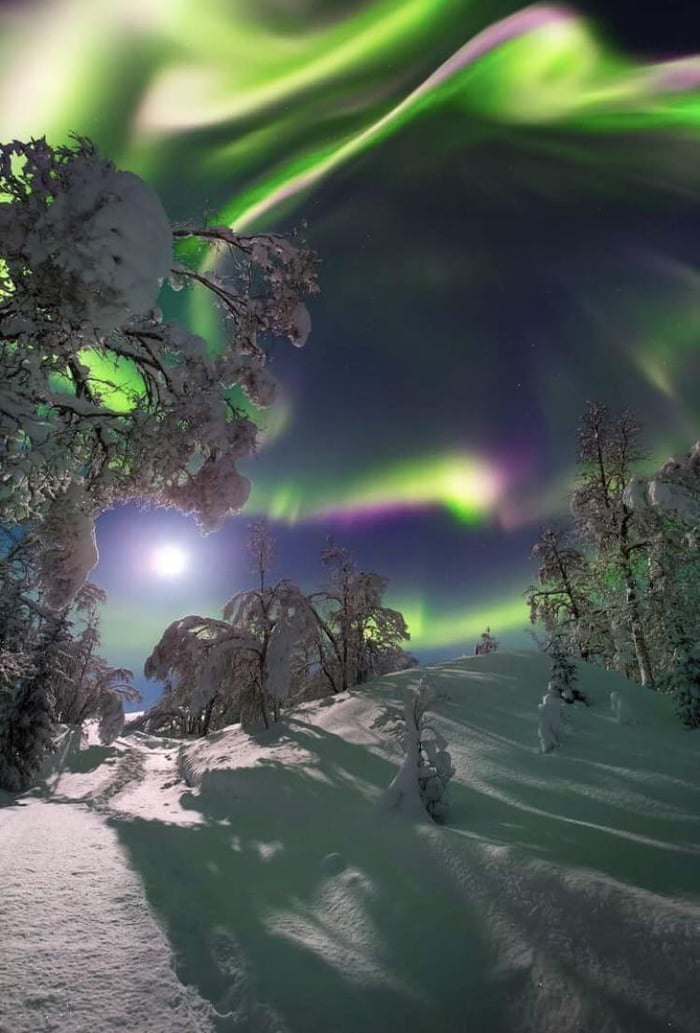


The southern counterpart, the aurora australis or the southern lights, has features almost identical to the aurora borealis and changes simultaneously with changes in the northern auroral zone. The former term was coined by Galileo in 1619, from the Roman goddess of the dawn and the Greek name for the north wind. In northern latitudes, the effect is known as the aurora borealis or the northern lights. Elias Loomis (1860), and later Hermann Fritz (1881) and Sophus Tromholt (1881) in more detail, established that the aurora appeared mainly in the auroral zone. Early evidence for a geomagnetic connection comes from the statistics of auroral observations. A region that currently displays an aurora is called the "auroral oval", a band displaced by the solar wind towards the night side of Earth. Most auroras occur in a band known as the "auroral zone", which is typically 3° to 6° wide in latitude and between 10° and 20° from the geomagnetic poles at all local times (or longitudes), most clearly seen at night against a dark sky. The words " borealis" and " australis" are derived from the names of the ancient gods of the north wind ( Boreas) and the south wind ( Auster). Ancient Greek poets used the corresponding name Eos metaphorically to refer to dawn, often mentioning its play of colors across the otherwise dark sky ( e.g., "rosy-fingered dawn"). The word " aurora" is derived from the name of the Roman goddess of the dawn, Aurora, who travelled from east to west announcing the coming of the sun. 4 Interaction of the solar wind with Earth.2.3 Colors and wavelengths of auroral light.Most of the planets in the Solar System, some natural satellites, brown dwarfs, and even comets also host auroras. The form of the aurora, occurring within bands around both polar regions, is also dependent on the amount of acceleration imparted to the precipitating particles. The resulting ionization and excitation of atmospheric constituents emit light of varying colour and complexity. These particles, mainly electrons and protons, precipitate into the upper atmosphere ( thermosphere/ exosphere). These disturbances alter the trajectories of charged particles in the magnetospheric plasma. Major disturbances result from enhancements in the speed of the solar wind from coronal holes and coronal mass ejections. Īuroras are the result of disturbances in the magnetosphere caused by the solar wind. Auroras display dynamic patterns of brilliant lights that appear as curtains, rays, spirals, or dynamic flickers covering the entire sky. Īn aurora (plural: auroras or aurorae ), also commonly known as the polar lights, is a natural light display in Earth's sky, predominantly seen in high-latitude regions (around the Arctic and Antarctic). Aurora australis seen from the ISS, 2017.


 0 kommentar(er)
0 kommentar(er)
